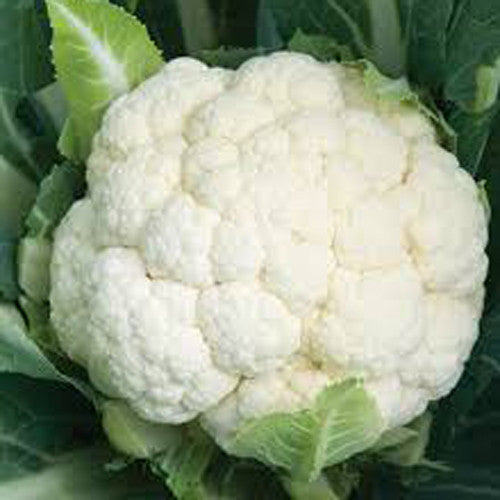Carrot Indam Kuroda – OP variety with deep orange roots
Description
Kuroda is long, excellent juicing carrot is sweet, tender, and has smooth sides. It has a red-orange roots .
Plant
Kuroda roots are up to 18 cm long, 6 cm diameter.Well suited to sub-tropical areas. High tolerance to heat and leaf blight.
Excellent flesh quality, sweet and crispy. Average fruit weight of 3-5kg. Wide adaptability. Good for long distance transportation
Maturity
Harvest starts from 84-90 days
Environment
Sow direct where they are to grow, 5 mm deep in rows 30 cm apart. Before sowing dig the soil well until fine and crumbly, and in clay soils add sand and organic matter. Thin seedlings to 7.5 cm apart, water well to replace dislodged soil. Repeat sowings at two weekly intervals for a continuous supply.Seedlings emerge 10-21 days.
Planting & Growing Instructions
Sow the seeds 2 cm deep. Regularly apply nutrients and plant protection
Height after growth
6"-8"
Planting Season
Year round
Note
Used as seeds only and not for consumption.Seeds to be sown before expiry date













